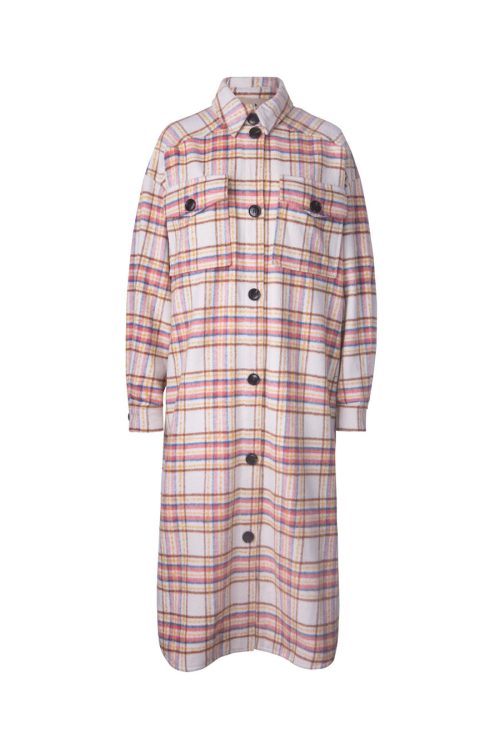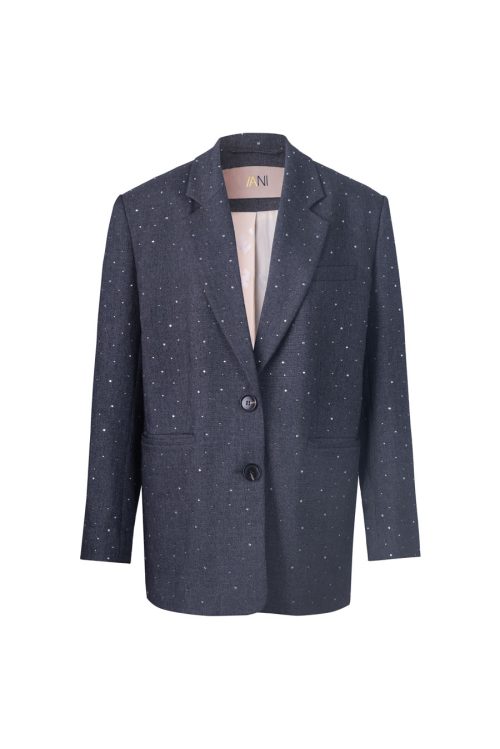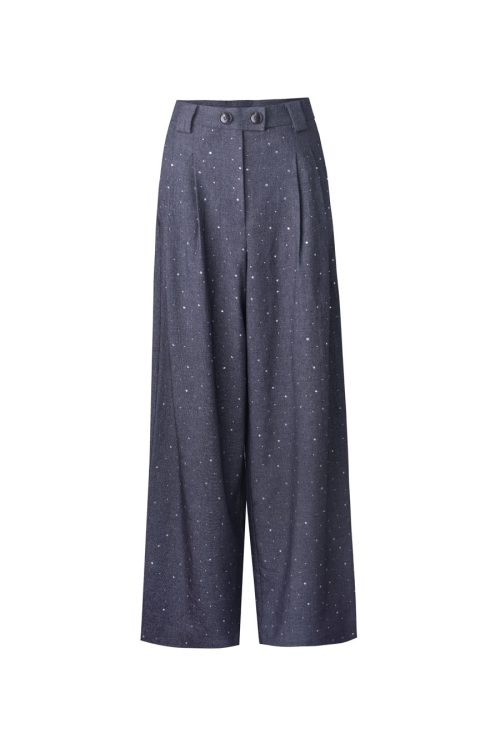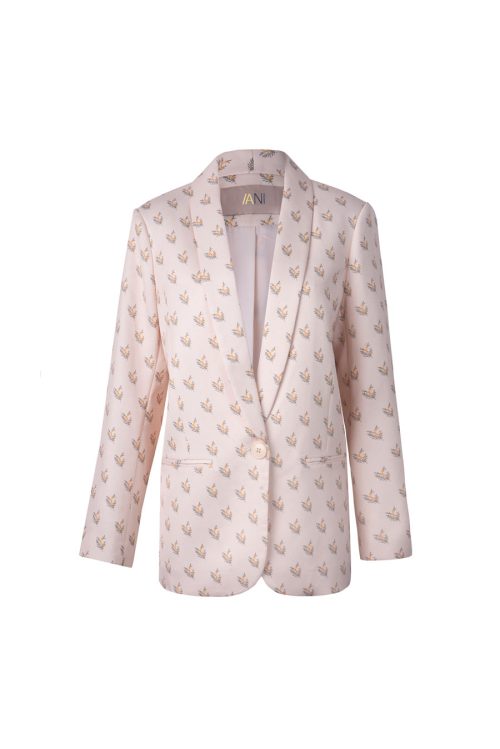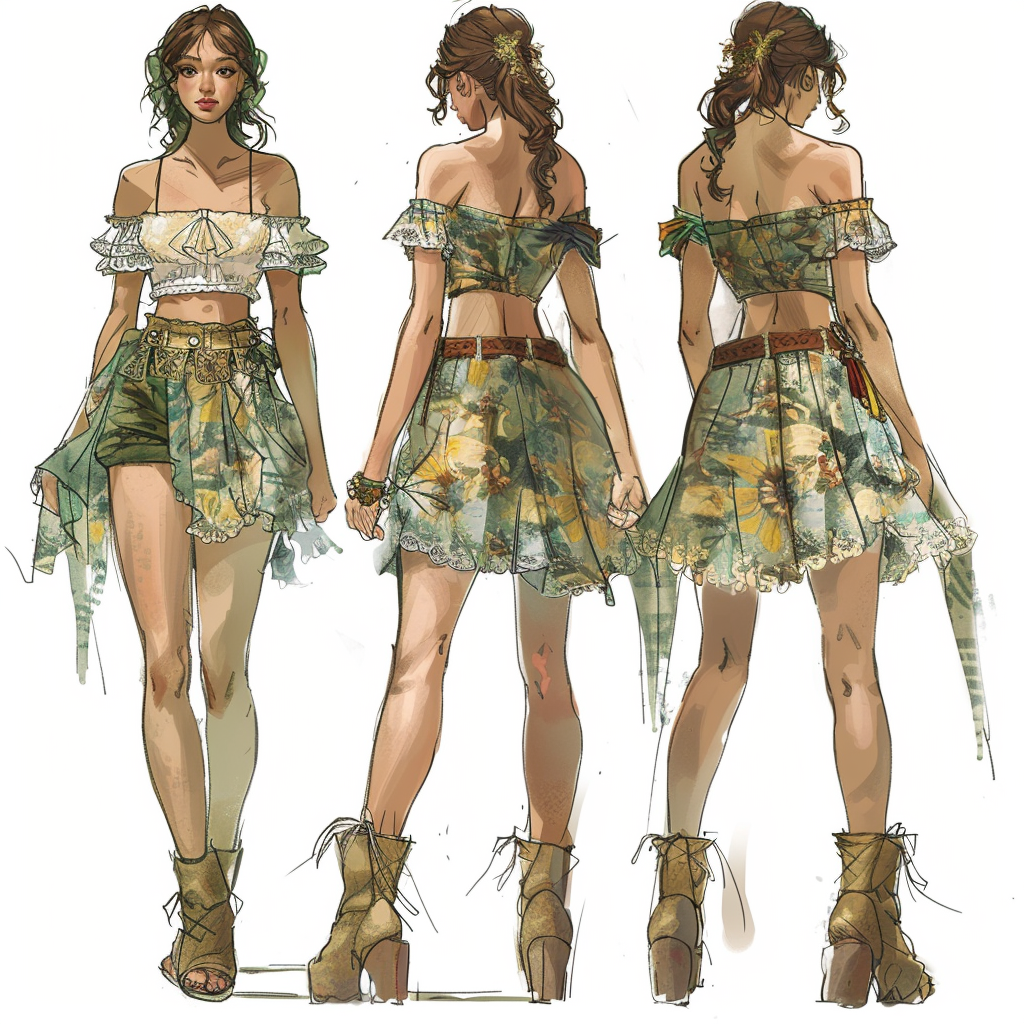
Introduction to Sustainable Apparel
The fashion industry stands at a pivotal crossroads, with sustainable apparel production emerging as not just a trend, but a necessity. In a world increasingly aware of environmental issues and ethical concerns, the push towards sustainability is reshaping how we think about clothing. From the fibers we choose to the factories where clothes are made, every step in the production process is being scrutinized for its environmental impact and social implications.
The Evolution of Sustainable Practices
Historically, the fashion industry has been criticized for its heavy environmental footprint and labor practices. However, the narrative is changing, with a growing movement towards sustainable apparel production. Innovations in fabric technology and design are leading the way, making it possible to create eco-friendly clothing without compromising on style or quality.
Sustainable Materials and Sourcing
At the heart of sustainable apparel is the choice of materials. Eco-friendly fabrics, such as organic cotton, bamboo, and recycled polyester, are becoming more prevalent, offering a lower environmental impact. Ethical sourcing methods also play a crucial role, ensuring that materials are obtained in a way that respects both the environment and workers’ rights.
Production Processes
Sustainable apparel production also focuses on the manufacturing process itself. Implementing energy-efficient practices and water conservation techniques not only reduces the industry’s ecological footprint but also leads to cost savings for producers. Such processes highlight the synergy between environmental stewardship and economic efficiency.
The Role of Technology
Technological advances are propelling sustainable fashion forward. From 3D printing to blockchain for supply chain transparency, technology is providing new ways to reduce waste and improve efficiency. The digitalization of fashion also opens up opportunities for virtual sampling and online retail, further reducing the industry’s carbon footprint.
Ethical and Social Considerations
Sustainability extends beyond environmental concerns to encompass ethical and social considerations. Fair labor practices and community engagement are integral to a truly sustainable apparel production model. This includes ensuring fair wages, safe working conditions, and fostering positive relationships with local communities.
Sustainable Apparel in the Market
Consumer demand for sustainable clothing is growing, but the market faces challenges, including higher production costs and the need for consumer education. However, these challenges also present opportunities for manufacturers to innovate and differentiate themselves in a crowded marketplace.
Achieving Sustainability in Apparel
For both small and large-scale producers, achieving sustainability in apparel production requires a multifaceted approach. This involves not only adopting eco-friendly materials and processes but also embracing transparency and ethical business practices. Success stories from leading brands and startups alike offer valuable insights and inspiration.
Future Directions for Sustainable Apparel
Looking ahead, the sustainable apparel industry is set to evolve further, driven by emerging trends and regulatory changes. The future will likely see greater emphasis on circular fashion, renewable energy in production, and more stringent environmental standards, setting the stage for a more sustainable and responsible fashion industry.
Conclusion
Sustainable apparel production represents a significant shift in the fashion industry, one that balances environmental responsibility with economic opportunity. By embracing eco-friendly materials, ethical practices, and technological innovation, the industry can pave the way for a future where fashion not only looks good but does good too. As consumers and producers alike become more conscious of their impact on the planet, sustainable apparel is not just a choice but a necessity for a greener, more equitable world.

